Warranty Information
Safety Summary
Declaration of Conformity
Acoustic Noise Information
Printing History
Table of Contents
1
Quick Reference
The Front Panel - At a Glance
The Rear Panel - At a Glance
Instrument Configuration
Use the front panel Address key to configure the interface
Front Panel Number Entry
Use the arrow keys and knob to change voltage or current settings
Use the Function keys and knob to change the displayed settings
Use the arrow keys to edit individual digits in the displayed setting
Use the Function keys and Entry keys to enter a new value
Front Panel Annunciators
Immediate Action Keys
Front Panel Menus - At a Glance
SCPI Programming Commands - At a Glance
1 CURR 2.0002 CURR 1.000
2
General Information
Document Orientation
Safety Considerations
Options and Accessories
Description and Model Differences
Keysight 66321B
Keysight 66319B
Keysight 66321D and 66319D
Common Features
Front Panel Controls
Remote Programming
Output 1 Characteristic
Programmable Output Resistance
Output 2 Characteristic
Option 521 Description (Keysight 66319B/D only)
Table 2-5. Option 521 Relay Modes
Table 2-6. Option 521 Factory Settings
3
Installation
Installation and Operation Checklist
Inspection
Damage
Packaging Material
Items Supplied
Cleaning
Location
Bench Operation
Rack Mounting
Input Connections
Connect the Power Cord
Output Connections
Output 1
Output 2
Current Ratings
Voltage Drops and Lead Resistance
Remote Sense Connections
Load Regulation and Voltage Drop in the Remote Sense Leads
Maintaining Stability while Remote Sensing
Open Sense Lead Protection
Local Sensing
Output Compensation
OVP Considerations
Programmable Voltage Protection
DVM Connections
Measuring Circuits that are Not Powered by the Main Output
Measuring Circuits that are Floating with Respect to the Main Output
External Protection and Trigger Input Connections
Table 3-3. 4-Pin Connector Configurations
Digital I/O Connections
Computer Connections
GPIB Interface
4
Turn-On Checkout
Checkout Procedure
In Case of Trouble
Selftest Error Messages
Runtime Error Messages
Line Fuse
5
Front Panel Operation
Introduction
Front Panel Description
System Keys
Function Keys
Immediate Action Keys
Scrolling Keys
Metering Keys
Output Control Keys
Entry Keys
Examples of Front Panel Programming
1 - Using the Front Panel Display
Independently Control Output 1 and Output 2 on Keysight 66319B/D units
2 - Setting the Output Voltage, Current, Resistance, Compensation, and Relay Mode
Setting the relay mode (Keysight 66319B/66319D with Option 521 only)
3 - Setting the Output 2 Voltage and Current (Keysight 66319B/66319D only)
4 - Querying and Clearing Output Protection and Errors
5 – Making Basic Front Panel Measurements
6 – Making Enhanced Front Panel Measurements
7 – Making DVM Measurements (Keysight 66321D/66319D only)
8 - Programming Output Port Functions
9 - Setting the GPIB Address
10 - Storing and Recalling Instrument States
Command Function
Command Function
6
Introduction to Programming
External References
GPIB References
SCPI References
VXIplug&play Power Products Instrument Drivers
Supported Applications
System Requirements
Downloading and Installing the Driver
Accessing Online Help
GPIB Capabilities of the DC Source
GPIB Address
Introduction to SCPI
Conventions Used in This Guide
Types of SCPI Commands
Multiple Commands in a Message
Moving Among Subsystems
Including Common Commands
Using Queries
Types of SCPI Messages
The Message Unit
Headers
Query Indicator
Message Unit Separator
Root Specifier
Message Terminator
SCPI Data Formats
Numerical Data Formats
Suffixes and Multipliers
Response Data Types
SCPI Command Completion
Using Device Clear
SCPI Conformance Information
SCPI Conformed Commands
Non-SCPI Commands
7
Programming the DC Source
Introduction
Programming the Output
Power-on Initialization
Enabling the Output
Output Voltage
Maximum Voltage
Overvoltage Protection
Output Current
Maximum Current
Overcurrent Protection
Output Resistance
Triggering Output Changes
SCPI Triggering Nomenclature
Output Trigger Model
Setting the Voltage, Current, or Resistance Transient Levels
Enabling the Output Trigger System
Selecting the Output Trigger Source
Generating Triggers
Single Trigger
Multiple Triggers
Making Basic Measurements
Average Measurements
Controlling Measurement Samples
Window Functions
Measuring Output 2 Voltage and Current (Keysight 66319B/66319D only)
Making Enhanced Measurements
Current Ranges and Measurement Detector
RMS Measurements
Pulse Measurements
Minimum and Maximum Measurements
High/Low Measurements
Returning All Measurement Data From the Data Buffer
Making DVM Measurements
Average Measurements
RMS Measurements
Triggered Measurements
SCPI Triggering Nomenclature
Measurement Trigger Model
Enabling the Measurement Trigger System
Selecting the Measurement Trigger Source
Selecting the Sensing Function
Generating Measurement Triggers
Single Triggers
Multiple Triggers
Pre-trigger and Post-trigger Data Acquisition
Programming the Status Registers
Power-On Conditions
Operation Status Group
Questionable Status Group
Standard Event Status Group
The PON (Power On) Bit
Status Byte Register
The MSS Bit
The RQS Bit
The MAV Bit and Output Queue
Determining the Cause of a Service Interrupt
Servicing Operation Status and Questionable Status Events
Monitoring Both Phases of a Status Transition
Inhibit/Fault Indicator
Remote Inhibit (RI)
Discrete Fault Indicator (DFI)
Using the Inhibit/Fault Port as a Digital I/O
8
Language Dictionary
Introduction
Subsystem Commands
Common Commands
Programming Parameters
Calibration Commands
CALibrate:CURRent
CALibrate:CURRent2
CALibrate:CURRent:MEASure:R3
CALibrate:CURRent:MEASure:LOWRange
CALibrate:CURRent:MEASure:AC
CALibrate:DATA
CALibrate:DATE
CALibrate:DVM
CALibrate:LEVel
CALibrate:PASSword
CALibrate:RESistance
CALibrate:SAVE
CALibrate:STATe
CALibrate:VOLTage
CALibrate:VOLTage2
Display Commands
DISPlay
DISPlay:CHANnel
DISPlay:MODE
DISPlay:TEXT
Measurement Commands
FORMat
FORMat:BORDer
MEASure:ARRay:CURRent? FETCh:ARRay:CURRent?
MEASure:ARRay:VOLTage? FETCh:ARRay:VOLTage?
MEASure:CURRent? [MAX | MIN | ] FETCh:CURRent?
MEASure:CURRent2?
MEASure:CURRent:ACDC? FETCh:CURRent:ACDC?
MEASure:CURRent:HIGH? FETCh:CURRent:HIGH?
MEASure:CURRent:LOW? FETCh:CURRent:LOW?
MEASure:CURRent:MAXimum? FETCh:CURRent: MAXimum?
MEASure:CURRent:MINimum? FETCh:CURRent:MINimum?
MEASure:DVM? FETCh:DVM?
MEASure:DVM:ACDC? FETCh:DVM:ACDC?
MEASure:VOLTage? FETCh:VOLTage?
MEASure:VOLTage2
MEASure:VOLTage:ACDC? FETCh:VOLTage:ACDC?
MEASure:VOLTage:HIGH? FETCh:VOLTage:HIGH?
MEASure:VOLTage:LOW? FETCh:VOLTage:LOW?
MEASure:VOLTage:MAXimum? FETCh:VOLTage:MAXimum?
MEASure:VOLTage:MINimum? FETCh:VOLTage:MINimum?
SENSe:CURRent:DETector
SENSe:CURRent:RANGe
SENSe:LEAD:STATus?
SENSe:FUNCtion
SENSe:PROTection:STATe
SENSe:SWEep:OFFSet:POINts
SENSe:SWEep:POINts
SENSe:SWEep:TINTerval
SENSe:WINDow
Output Commands
INSTrument:COUPle:OUTPut:STATe
OUTPut[1 | 2]
OUTPut[1 | 2]:RELay:MODE
OUTPut:COMPensation:MODE
OUTPut:DFI
OUTPut:DFI:SOURce
OUTPut:PON:STATe
OUTPut:PROTection:CLEar
OUTPut:PROTection:DELay
OUTPut:RI:MODE
[SOURce:]CURRent
[SOURce:]CURRent
[SOURce:]CURRent2
[SOURce:]CURRent:PROTection:STATe
[SOURce:]CURRent:TRIGger
[SOURce:]CURRent2:TRIGger
[SOURce:]DIGital:DATA
[SOURce:]DIGital:FUNCtion
[SOURce:]RESistance
[SOURce:]RESistance:TRIGger
[SOURce:]VOLTage
[SOURce:]VOLTage2
[SOURce:]VOLTage:PROTection
[SOURce:]VOLTage:PROTection:STATe
[SOURce:]VOLTage:TRIGger
[SOURce:]VOLTage2:TRIGger
Status Commands
STATus:PRESet
STATus:OPERation?
STATus:OPERation:CONDition?
STATus:OPERation:ENABle
STATus:OPERation:NTR STATus:OPERation:PTR
STATus:QUEStionable?
STATus:QUEStionable:CONDition?
STATus:QUEStionable:ENABle
STATus:QUEStionable:NTR STATus:QUEStionable:PTR
System Commands
SYSTem:ERRor?
SYSTem:LANGuage
SYSTem:VERSion?
Trigger Commands
ABORt
INITiate:SEQuence INITiate:NAME
INITiate:CONTinuous:SEQuence1 INITiate:CONTinuous:NAME TRANsient
TRIGger
TRIGger:SOURce
TRIGger:SEQuence2 TRIGger:ACQuire
TRIGger:SEQuence2:COUNt:CURRent TRIGger:ACQuire:COUNt:CURRent
TRIGger:SEQuence2:COUNt:DVM TRIGger:ACQuire:COUNt:DVM
TRIGger:SEQuence2:COUNt:VOLTage TRIGger:ACQuire:COUNt:VOLTage
TRIGger:SEQuence2:HYSTeresis:CURRent TRIGger:ACQuire:HYSTeresis:CURRent
TRIGger:SEQuence2:HYSTeresis:DVM TRIGger:ACQuire:HYSTeresis:DVM
TRIGger:SEQuence2:HYSTeresis:VOLTage TRIGger:ACQuire:HYSTeresis:VOLTage
TRIGger:SEQuence2:LEVel:CURRent TRIGger:ACQuire:LEVel:CURRent
TRIGger:SEQuence2:LEVel:DVM TRIGger:ACQuire:LEVel:DVM
TRIGger:SEQuence2:LEVel:VOLTage TRIGger:ACQuire:LEVel:VOLTage
TRIGger:SEQuence2:SLOPe:CURRent TRIGger:ACQuire:SLOPe:CURRent
TRIGger:SEQuence2:SLOPe:DVM TRIGger:ACQuire:SLOPe:DVM
TRIGger:SEQuence2:SLOPe:VOLTage TRIGger:ACQuire:SLOPe:VOLTage
TRIGger:SEQuence2:SOURce TRIGger:ACQuire:SOURce
TRIGger:SEQuence1:DEFine TRIGger:SEQuence2:DEFine
Common Commands
*CLS
*ESE
*ESR?
*IDN?
*OPC
*OPT?
*PSC
*RCL
*RST
*SAV
*SRE
*STB?
*TRG
*TST?
*WAI
Syntax Forms
DC Common Mode Rejection Ratio
Action
A
Specifications
Specifications
Supplemental Characteristics
B
Performance, Calibration, and Configuration
Introduction
Equipment Required
Measurement Techniques
Test Setup
Electronic Load
Current-Monitoring Resistor
Performance Tests
Programming
Constant Voltage (CV) Tests
CV Setup
Voltage Programming and Readback Accuracy (performance, calibration)
CV Load Effect (performance)
CV Source Effect (performance)
CV Noise (performance)
Transient Recovery Time (performance)
Constant Current (CC) Tests
CC Setup
Current Programming and Readback Accuracy (performance, calibration)
1A Range Current Readback Accuracy (performance, calibration)
0.02A Range Current Readback Accuracy (performance, calibration)
- 0.02A Range Current Sink Operation (performance, calibration)
- 3A Range Current Sink Operation (performance, calibration)
CC Load and Line Regulation (performance)
CC Load Effect (performance)
CC Source Effect (performance)
CC Noise (performance)
Resistance Tests
Resistance Programming (performance, calibration)
DVM Tests
DVM Measurement Accuracy (calibration)
Performance Test Equipment Form
Performance Test Record Form
Performing the Calibration Procedure
Front Panel Calibration Menu
Front Panel Calibration Procedure
Resistance Calibration
Calibration Error Messages
Changing the Calibration Password
Calibration Over the GPIB
Performing the Configuration Procedure
C
Error Messages
Error Number List
D
Example Programs
Pulse Measurements
Current Pulse Measurement Using BASIC
Voltage Pulse Measurement Using VISA Library Calls
E
Line Voltage Conversion
Open the Unit
Configure the Power Transformer
Install the Correct Line Fuse
Close the Unit
Index
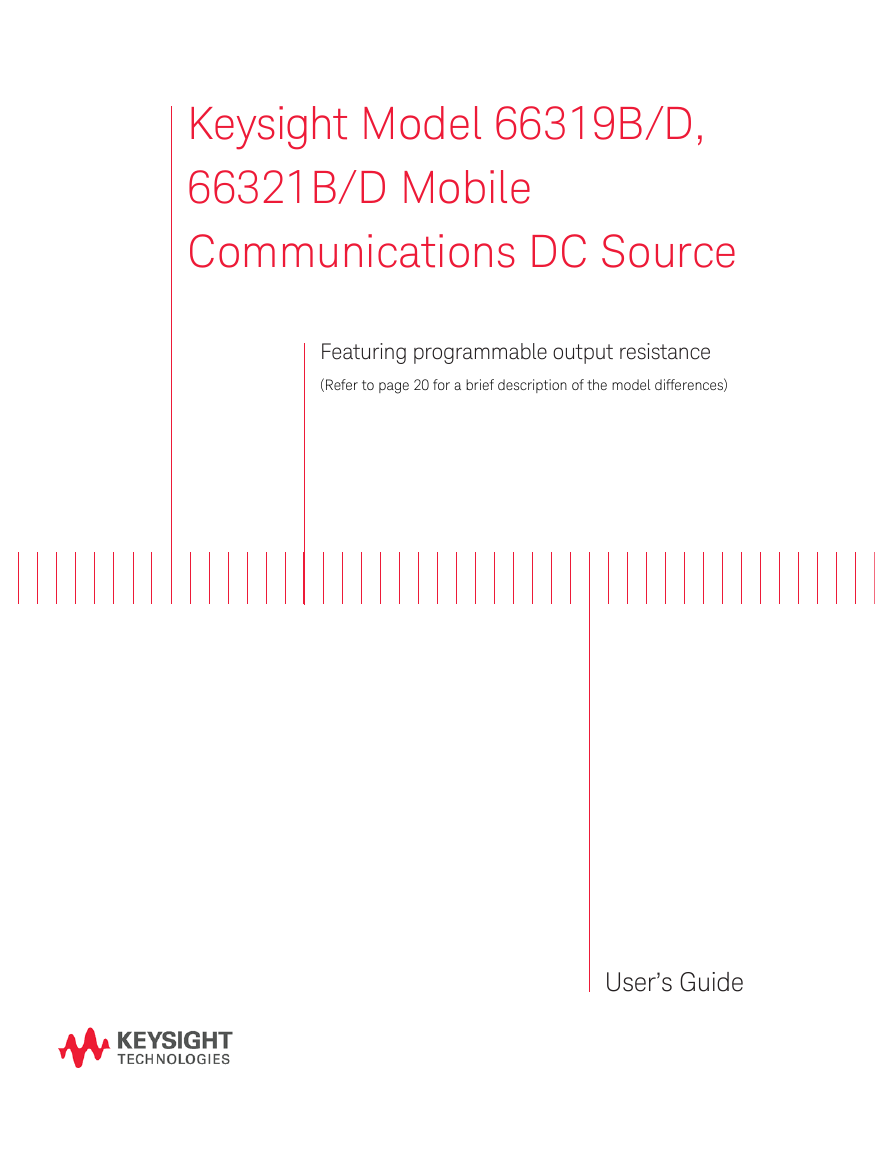


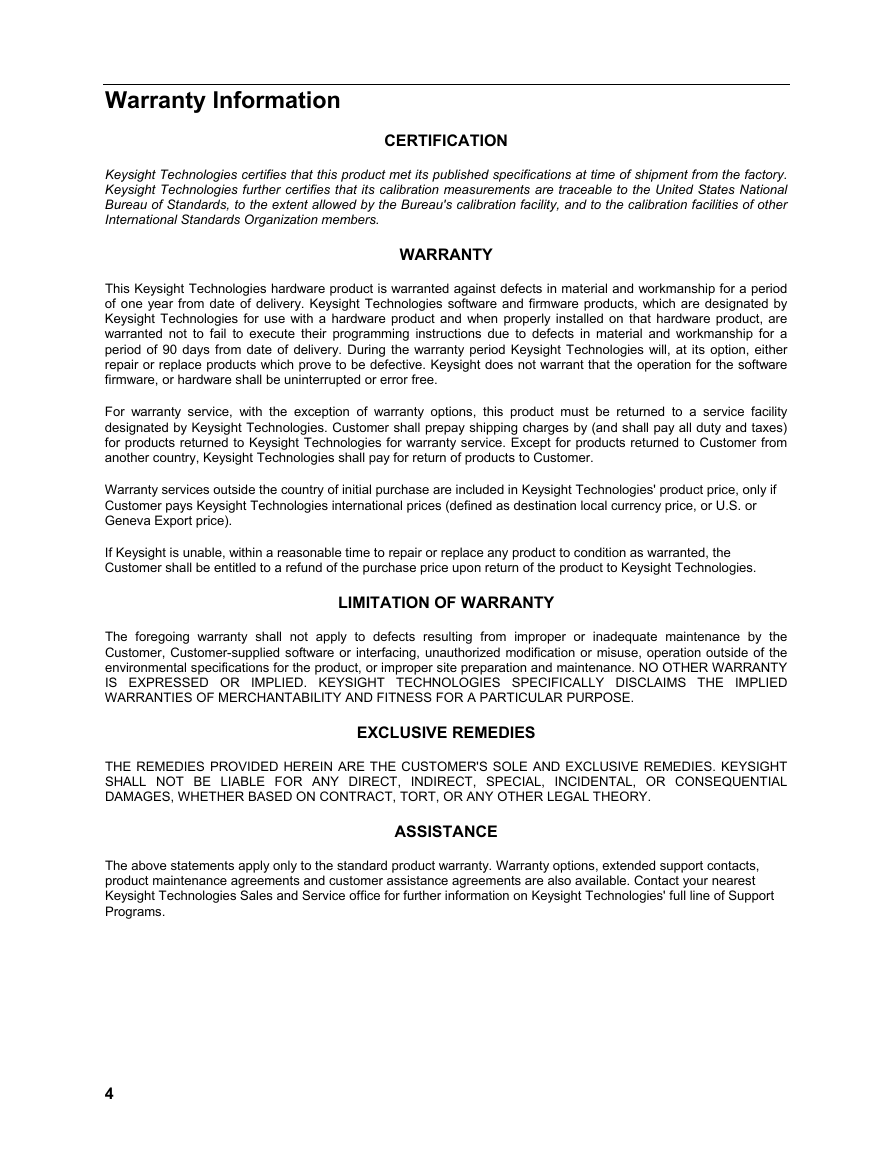
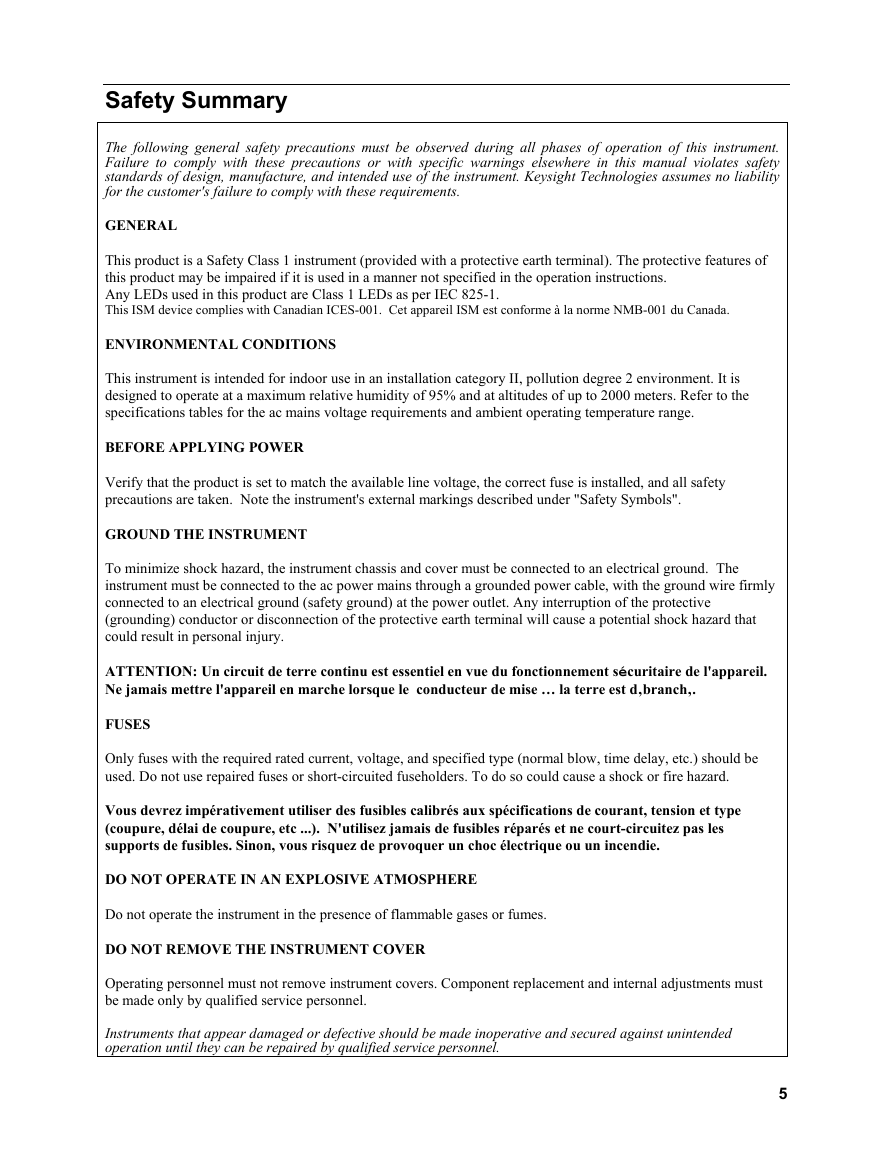

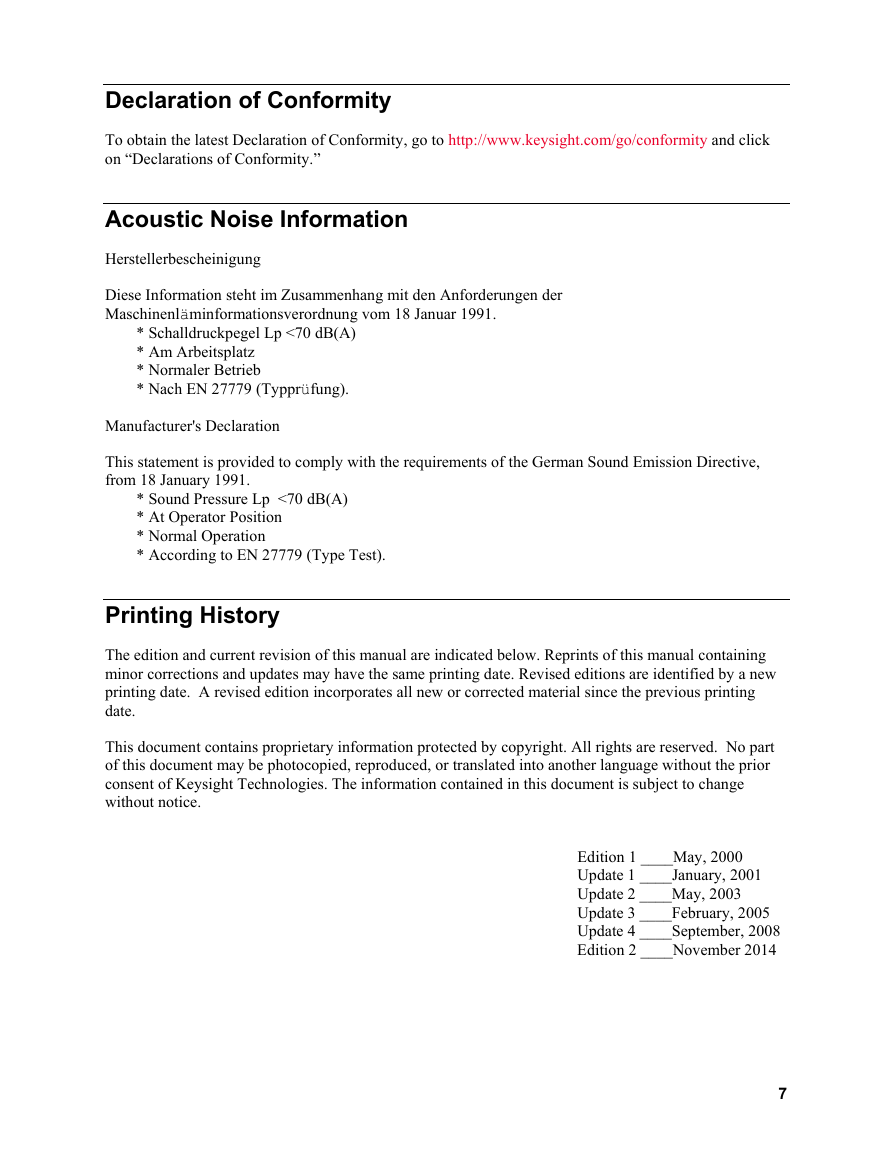
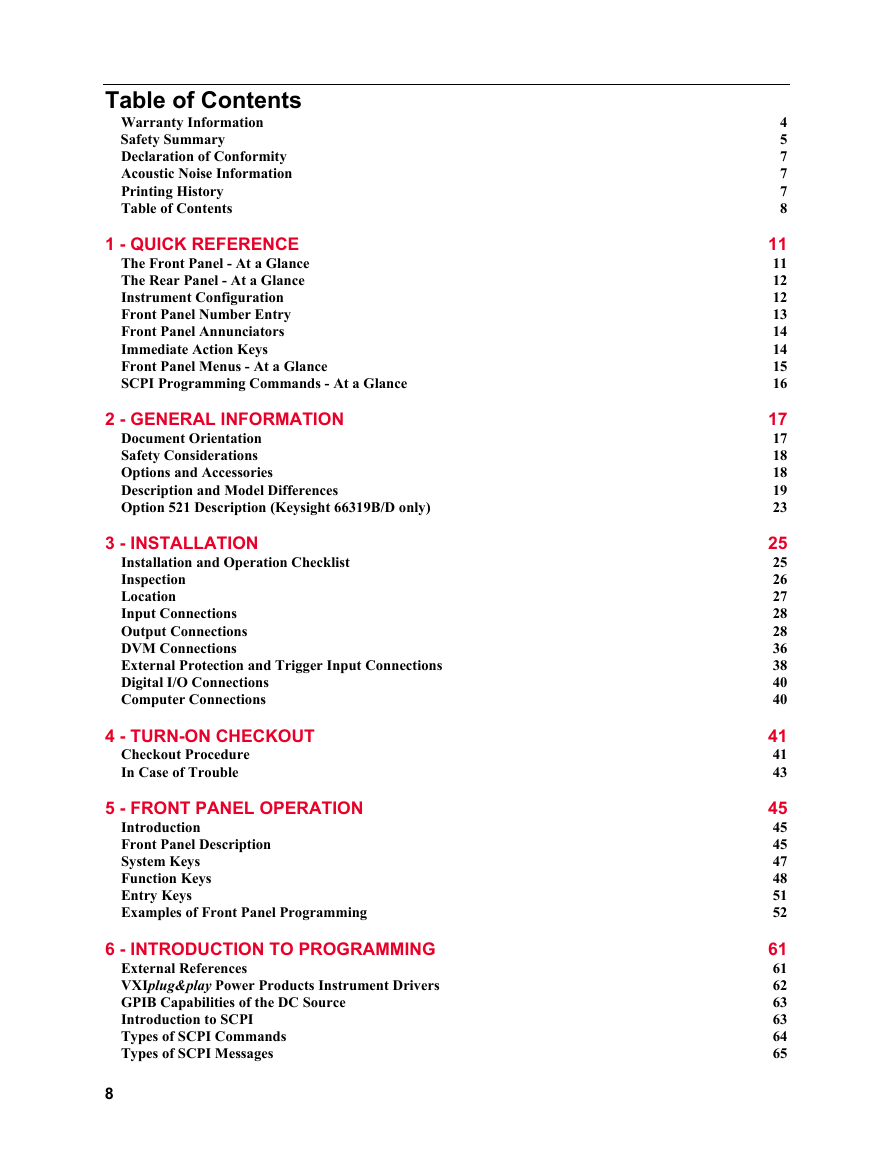








 2023年江西萍乡中考道德与法治真题及答案.doc
2023年江西萍乡中考道德与法治真题及答案.doc 2012年重庆南川中考生物真题及答案.doc
2012年重庆南川中考生物真题及答案.doc 2013年江西师范大学地理学综合及文艺理论基础考研真题.doc
2013年江西师范大学地理学综合及文艺理论基础考研真题.doc 2020年四川甘孜小升初语文真题及答案I卷.doc
2020年四川甘孜小升初语文真题及答案I卷.doc 2020年注册岩土工程师专业基础考试真题及答案.doc
2020年注册岩土工程师专业基础考试真题及答案.doc 2023-2024学年福建省厦门市九年级上学期数学月考试题及答案.doc
2023-2024学年福建省厦门市九年级上学期数学月考试题及答案.doc 2021-2022学年辽宁省沈阳市大东区九年级上学期语文期末试题及答案.doc
2021-2022学年辽宁省沈阳市大东区九年级上学期语文期末试题及答案.doc 2022-2023学年北京东城区初三第一学期物理期末试卷及答案.doc
2022-2023学年北京东城区初三第一学期物理期末试卷及答案.doc 2018上半年江西教师资格初中地理学科知识与教学能力真题及答案.doc
2018上半年江西教师资格初中地理学科知识与教学能力真题及答案.doc 2012年河北国家公务员申论考试真题及答案-省级.doc
2012年河北国家公务员申论考试真题及答案-省级.doc 2020-2021学年江苏省扬州市江都区邵樊片九年级上学期数学第一次质量检测试题及答案.doc
2020-2021学年江苏省扬州市江都区邵樊片九年级上学期数学第一次质量检测试题及答案.doc 2022下半年黑龙江教师资格证中学综合素质真题及答案.doc
2022下半年黑龙江教师资格证中学综合素质真题及答案.doc